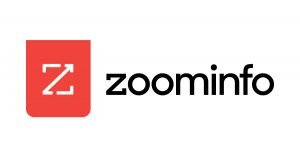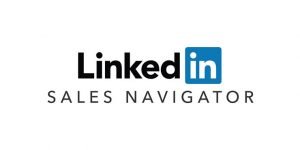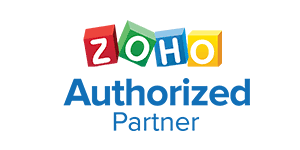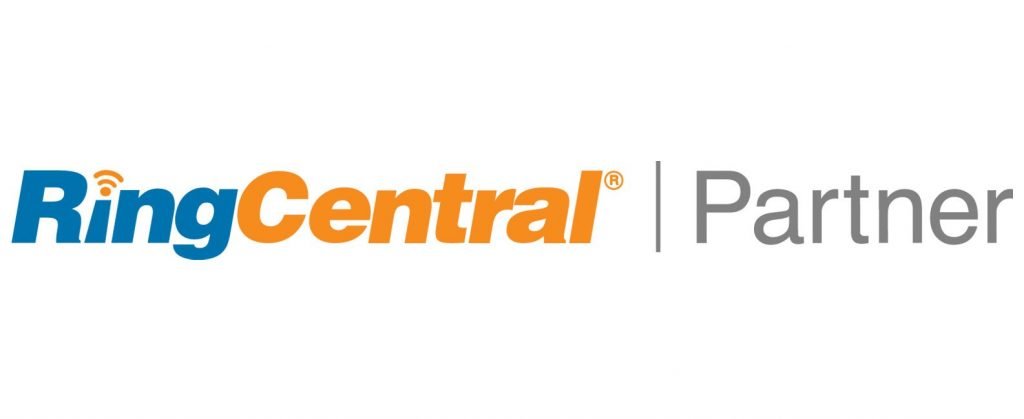+
Account Strategy [Template]
[Account Company Name]
Drafted by: [Account Manager, Rep, or Project Manager Name]
[Contact Info]
Table of Contents
Section 1: Business Overview
Section 2: Key Business Initiatives
Section 3: Customer Relationship Landscape
Section 4: Customer Products and Revenue
Section 5: Account Competitor Analysis
Section 6: Buying Process and Selling Points
Section 7: Relationship Goals and Strategy
Section 8: Sales Opportunities, Targets, and Risks
Section 9: Action Plan
Section 1: Business Overview
This section should serve as an overview for the account your team is focusing on. It should include fast facts about the company and information on its history so you can understand how your product or service can best assist them.
Fast Facts
Company Name: [Insert Company Name]
Company Location: [Insert Company Location]
Company Website: [Insert Company Website]
Industry: [Insert Company Industry]
Year Founded: [Insert Year Founded]
Annual Revenue: [Insert Annual Revenue]
Number of Employees: [Insert Number of Employees]
Point of Contact at Company Name: [Insert POC Name]
Email Address: [Insert POC Email]
Phone Number: [Insert POC Phone Number]
Company Vision, Mission, and Goals
[Insert Company’s Vision, Mission, and/or Goals]
Company Target Market(s)
[Describe ompany’s Target Market(s), including buyer personas, market size, psychographics and demographics, location, etc.]
Section 2: Key Business Initiatives
Here, you’ll focus on your customer’s value expectations to create opportunities to grow customer relationships that are more strategic in nature. These relationships safeguard against competition while increasing customer loyalty.
Using the foundations from the previous section, fill out the prompts below so you can understand the priorities of the account. If you’re in direct conversation with people from the account, ask them these questions so you can better help the company.
Short-, Medium-, and Long-Term Priorities
[Insert Company’s Short-, Medium-, and Long-term Priorities]
Key Projects
[Insert Company’s Key Projects and outline how your business can help.]
Key Performance Indicators (KPIs)
[Insert the metrics that the account is focusing on.]
Section 3: Customer Relationship Landscape
We included prompts in the first section for the point of contact, but if that POC is unknown – or if that existing point of contact may change – this section will help you narrow down the best person to be speaking with.
Additionally, as your relationship strengthens and grows with this account, it’s inevitable that more people from either side of the coin will become involved. Therefore, it’s important to map out all stakeholders and the development of that relationship over time.
(Ideal) Client Profile
[Identify which job title(s) you’re targeting, how many of those exist in the account you’re planning for, and what use they have for your product.]
Customer Interaction History
[Briefly summarize or list out bullets on your history with this account. This should include initial outreach attempts, project status, and lifecycle stage.]
Stakeholders
[List out the main stakeholders you have or expect to have involved in this relationship from both your and your account’s side. Each person represented should have his or her:
- Name
- Role at the Company
- Preferred Contact Method & Info]
Section 4: Customer Products and Revenue
Seek to build and maintain a mutually beneficial relationship with the accounts you want to partner with.
Chances are, your (prospective) clients have a laundry list of options, and if you want them to stay with you, you’ll need to show them you’re more than just a vendor to them. This section should outline how you’ll do so.
Include the following information:
Whitespace Analysis
[Illustrate the whitespace you have for helping your account and how you plan on appealing to that gap.]
Sales Performance
[What is your revenue from this account (projected if the account is the prospect), and how does each individual product or service you offer contribute to that number?]
Margin Performance
[What is your profit from this account (projected if the account is the prospect), and how does each individual product or service you offer contribute to that number?]
Annual Revenue: Wins and Loses
[Include actuals or projections for onboarding costs, upsells, downgrades, price increases, and/or churn rate over time.]
Section 5: Account Competitor Analysis
Every company worries about its competitors, and if you want to partner closely with your key account, you should care, too.
Based on your research on and conversations with representatives from your account, compile a list of your account’s competitors, as well as its comparative strengths and weaknesses.
List your customer’s:
Account Competitors
[List your account’s key competitors.]
Competitors’ Strengths
[List your account’s key strengths in comparison to its competition. This can be formatted as a list of strengths that the competition does not have, or as a chart comparing your company’s strengths linearly to competitors.]
Competitors’ Weaknesses
[List your account’s key weaknesses in comparison to its competition. This can be formatted as a list of weaknesses that the competition does not have, or as a chart comparing your company’s strengths linearly to competitors.]
Section 6: Buying Process and Selling Points
This section should outline how and why the account chose (or will presumptively choose) you to partner with. Consider where your account is with you at this stage and why it would need you.
The Buyer’s Journey
[For existing accounts, explain the process of the buyer’s journey – the timeline, the lifecycle stages, and where the account is now. For prospects, highlight a projected buyer’s journey and the timeline for how you’ll get the account from stranger to customer.]
Content & Channels
[Think about what information your buyers consume – specifically pertaining to your industry and your product – and where they might consume that information.]
Evaluation Criteria
[What factors does/did your account consider before purchasing, and do you fare in these categories, and what lessons did you learn about your performance in these categories for future sales?]
Key Decision Criteria
[What factors are the most important for the person or people you sold (or are selling) to? How did you (or how do you expect to) win with your performance in these criteria?]
Section 7: Relationship Goals and Strategy
No matter where you are in your relationship with your account, you should have a clear idea of how you want it to progress – be it acquiring the customer or setting policies in place to upsell or maintain the current arrangement.
Current Relationship Status
[What are you to the account at this time? (Potential) Vendor, Preferred Supplier, Planning Partner, Trusted Advisor, etc.]
Core Business Partners
[Are any other accounts, companies, or customers involved in this relationship, and if so, to what extent?]
Relationship Target
[What relationship status or lifecycle stage do you want this account to achieve, and by when?]
Relationship Progression Strategy
[What process will you plan and execute on to progress your account to your desired stage?]
Section 8: Sales Opportunities, Targets, and Risks
In this section, list out the products/services that will help your account attain its goals, alongside revenue goals/projections and any blockers or potential objections.
Products & Services
[List the products(s) and service(s) you intend to sell or have sold to this account. Include each line item’s price point, quantity, and how long each will last for the customer before renewal/reorder.]
[Time Period] Revenue Goals
[For the time period of your choosing, what are your revenue goals for this account?]
Cross-sell & Upsell Opportunities
[Outside of previously listed opportunities, what can or will you pitch as a cross-sell or upsell opportunity as your relationship with the account strengthens over time?]
Risks, Barriers, Limitations, and Operational Restrictions
[What issues lie in the way of selling, cross-selling, or upselling your account on any of the above mentioned line items? Address how you will counter them – if possible.]
Section 9: Action Plan
All of the previous content should lead up to this section. Outline what steps your company will take to secure this account’s business for the long term. Specifically, this section should address the following areas:
Top Five Objectives
[What are the five predominant deliverables and expectations from this initiative. It can be revenue, a contract length, and order size, a timeline, or anything else you determine to be of the utmost importance.]
Map Critical Resources
[List the resources available to your team for this project. Examples include your ABM Software, customer retention manuals, how to sell documentation, communication methods for the team, the account’s company website, and more.]
Assign Tasks and Key Stakeholders
Using the DACI framework, outlines who is responsible for contributing to this project and what role each person has. Specifically, highlights who the driver of the project is, any approvers of specific parts of the project, contributors who handle deliverables, and those who need to remain informed. There is a DACI framework template attached below.]
Driver | Accountable | Contributor | Informed |
NameEmail Address | NameEmail AddressResponsibility NameEmail AddressResponsibility NameEmail AddressResponsibility | NameEmail AddressResponsibility NameEmail AddressResponsibility NameEmail AddressResponsibility | NameEmail AddressResponsibility NameEmail AddressResponsibility NameEmail AddressResponsibility |
This is a resource provided by HubSpot








